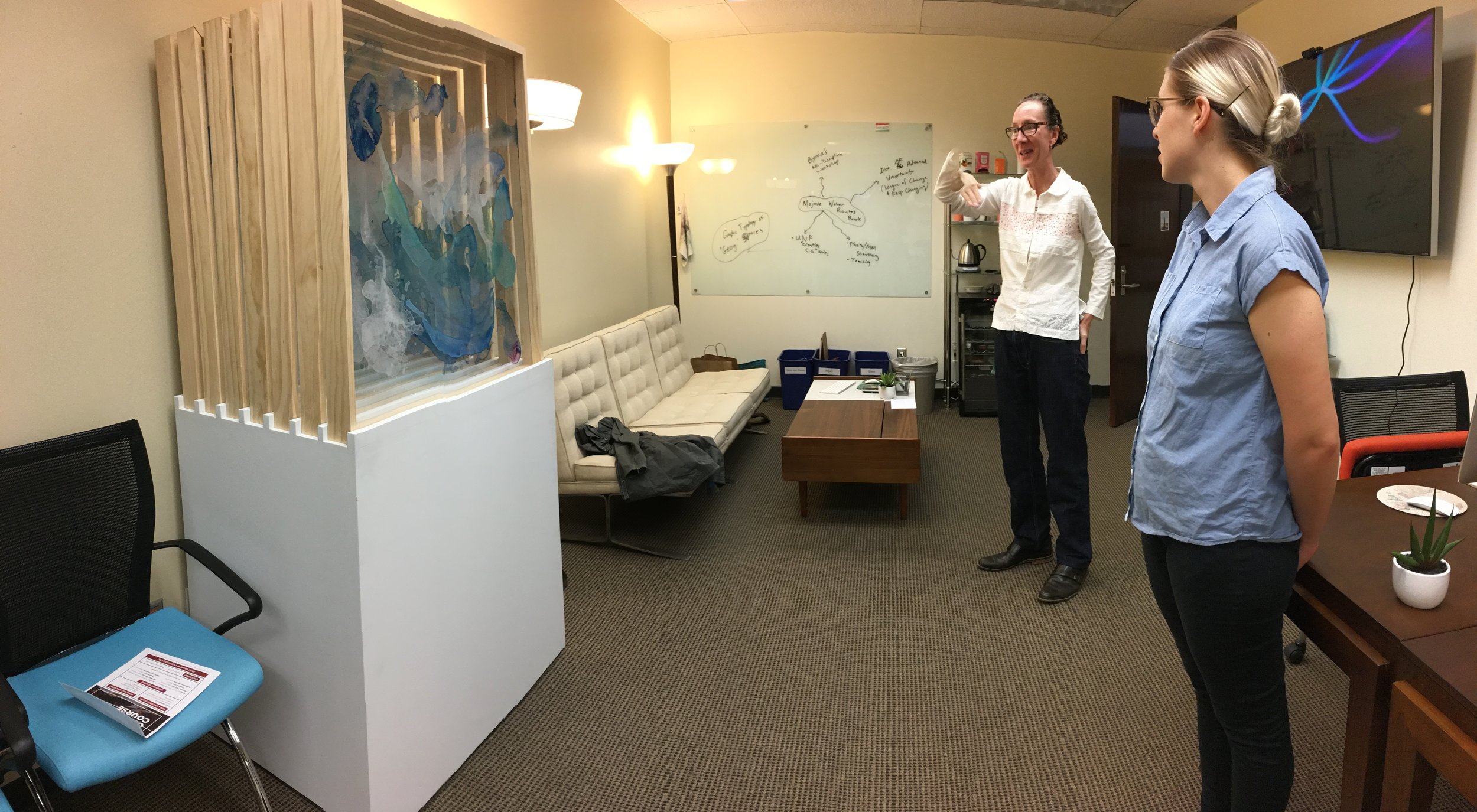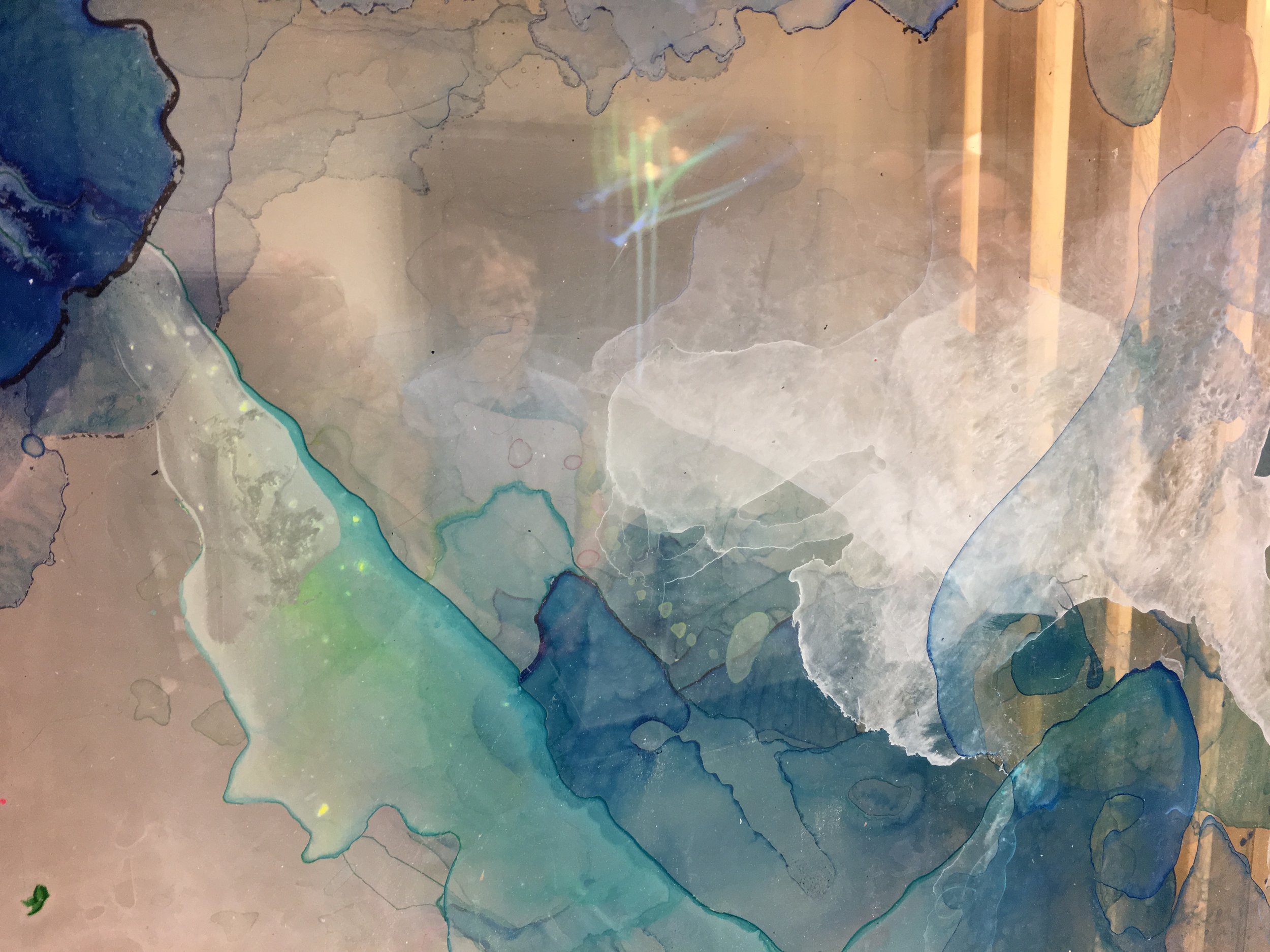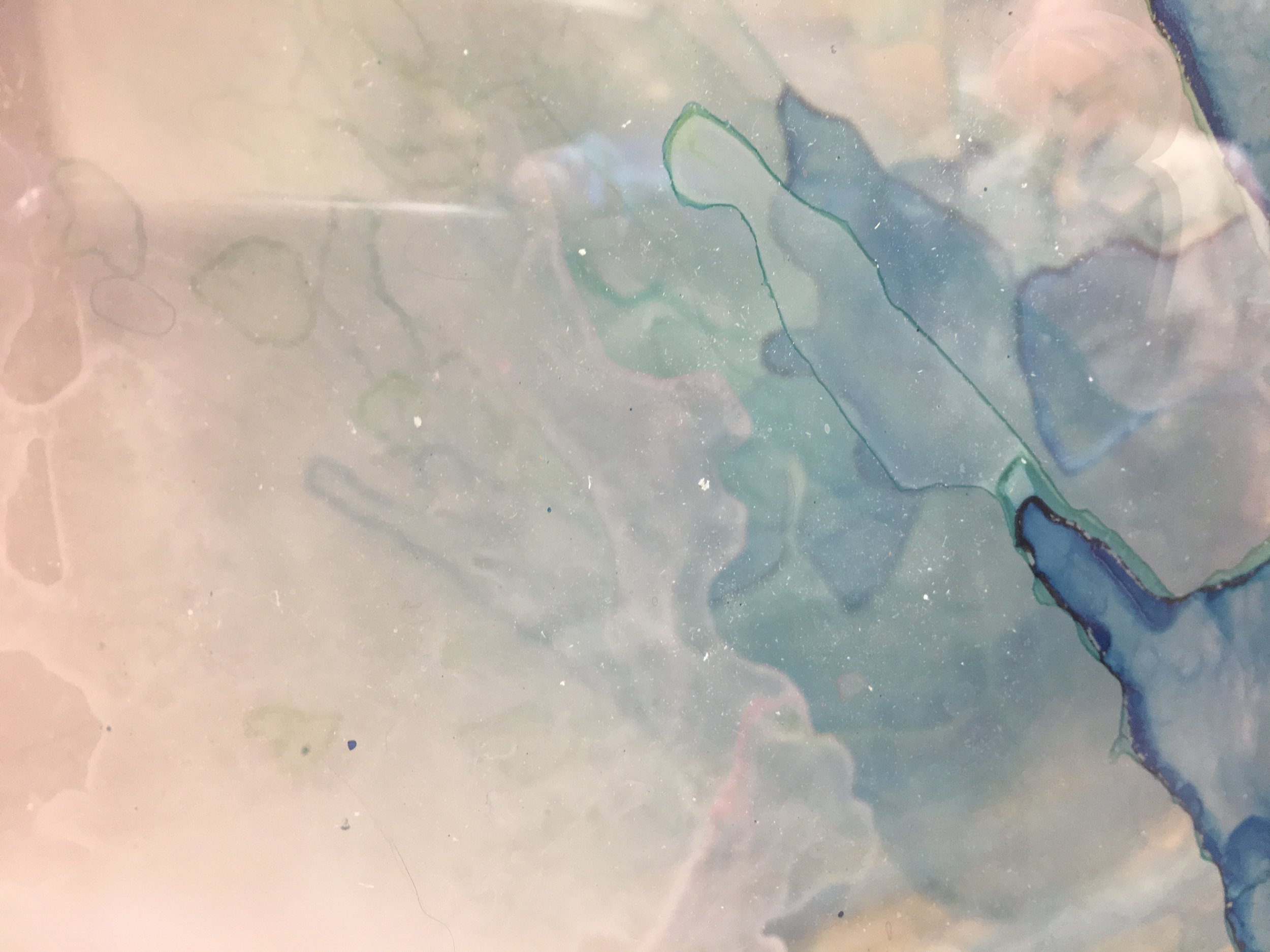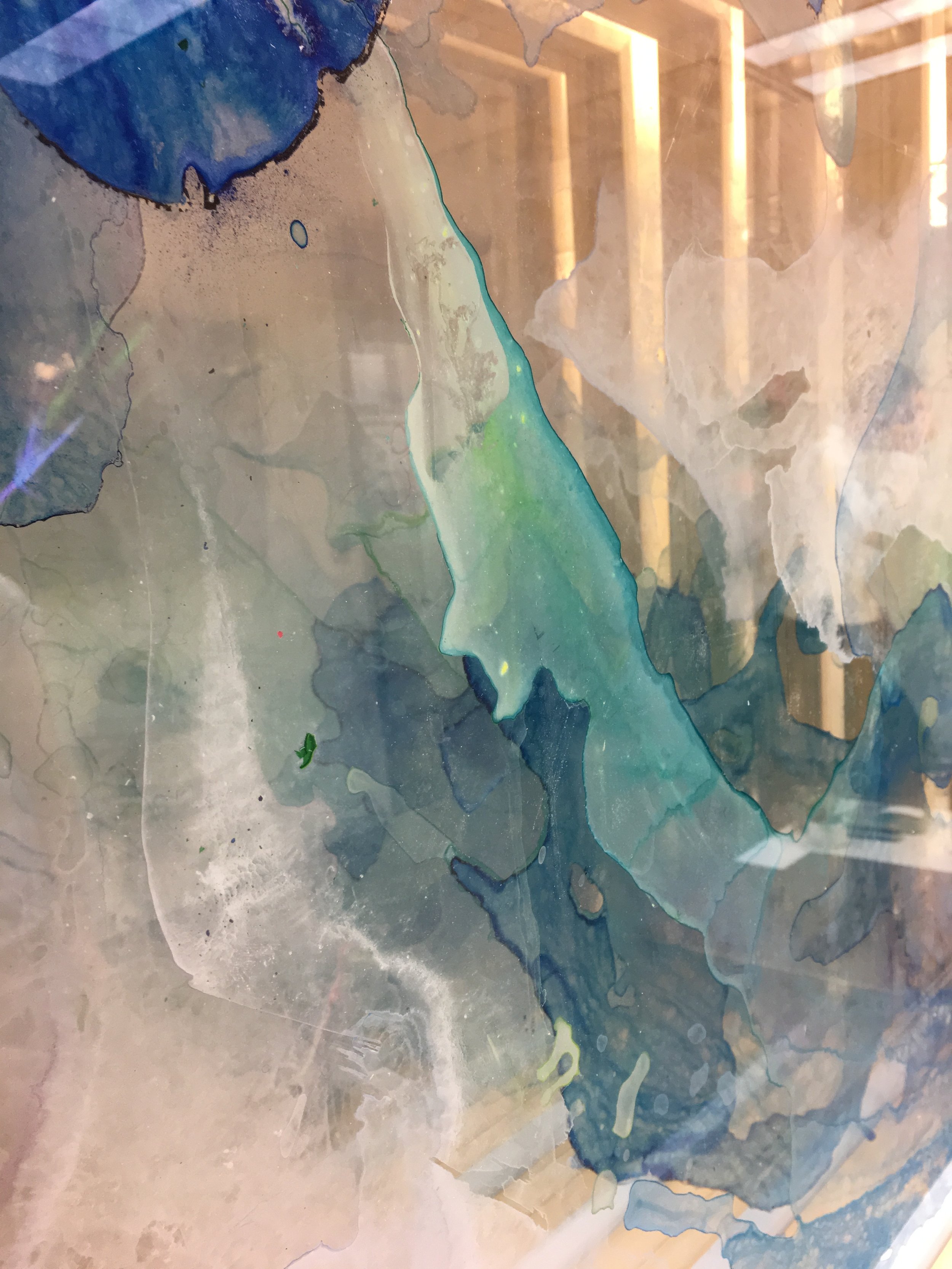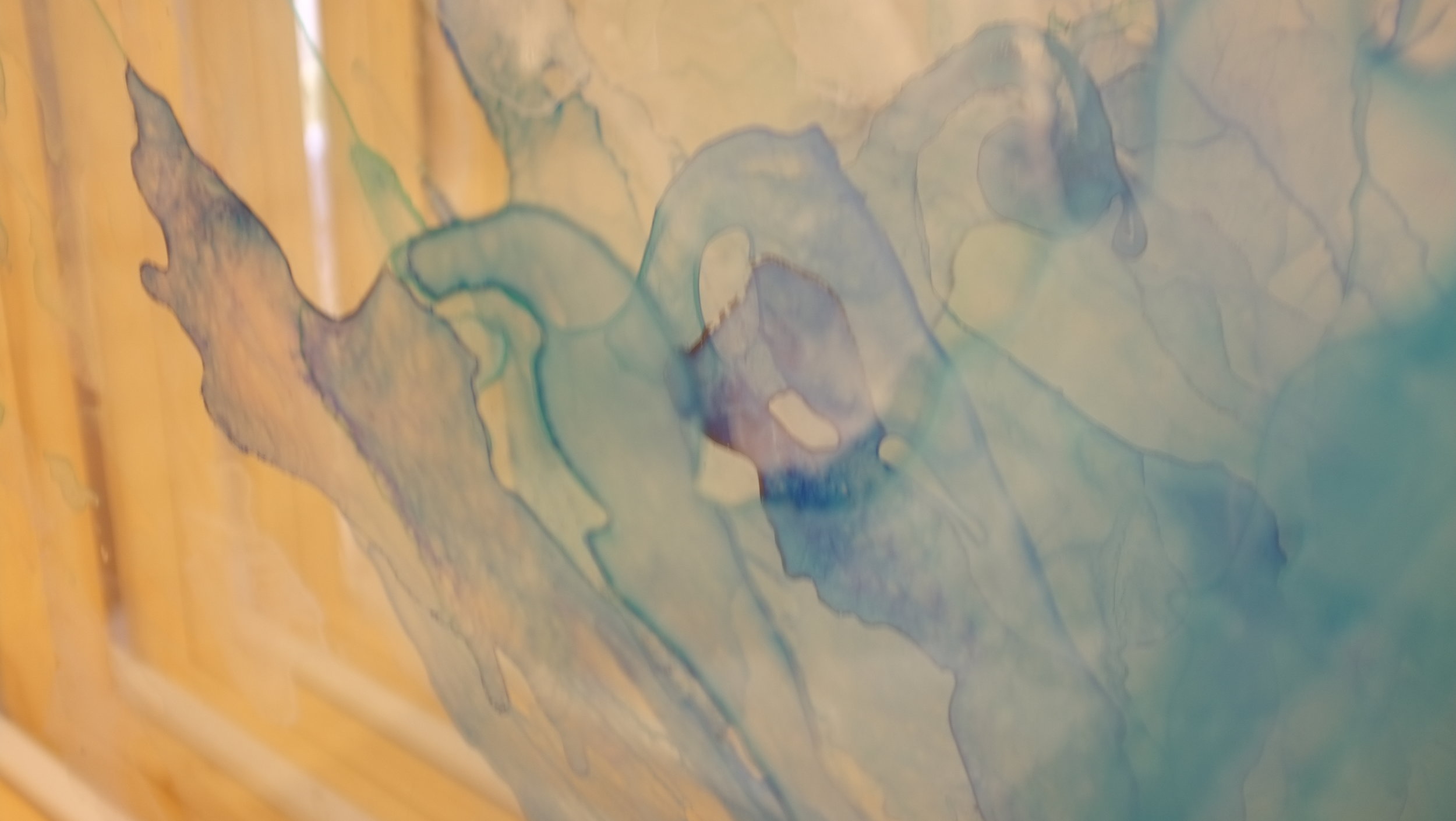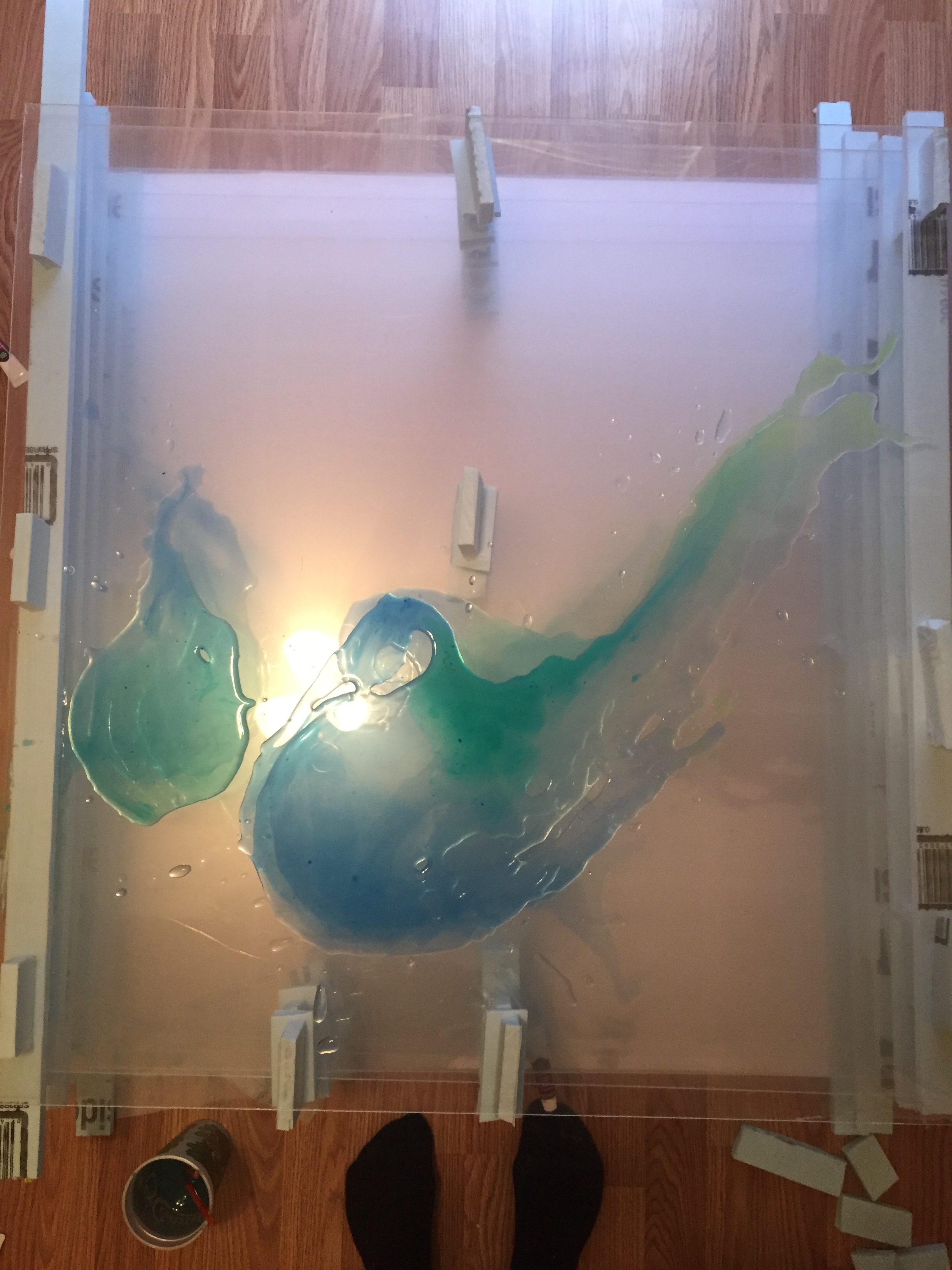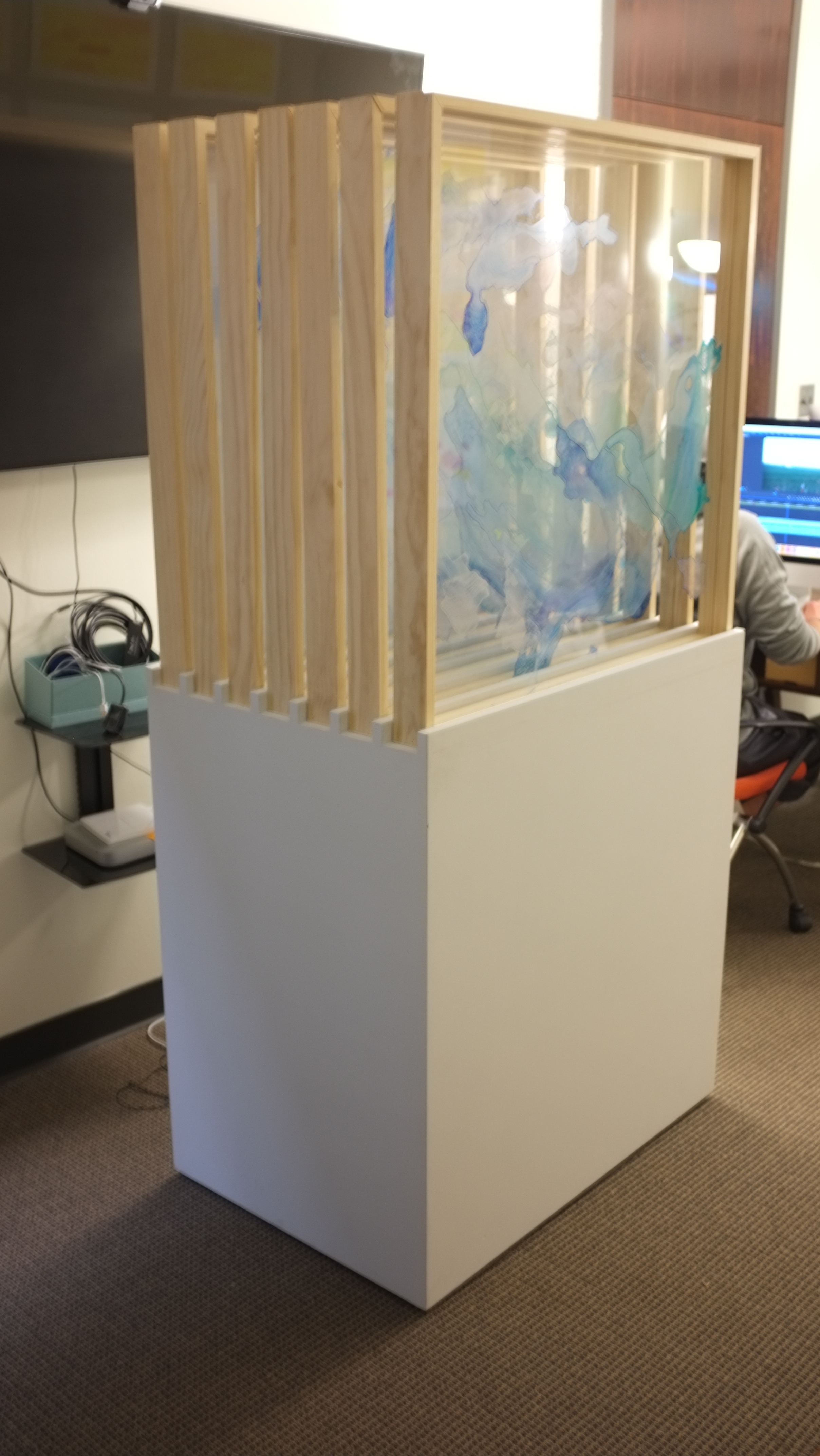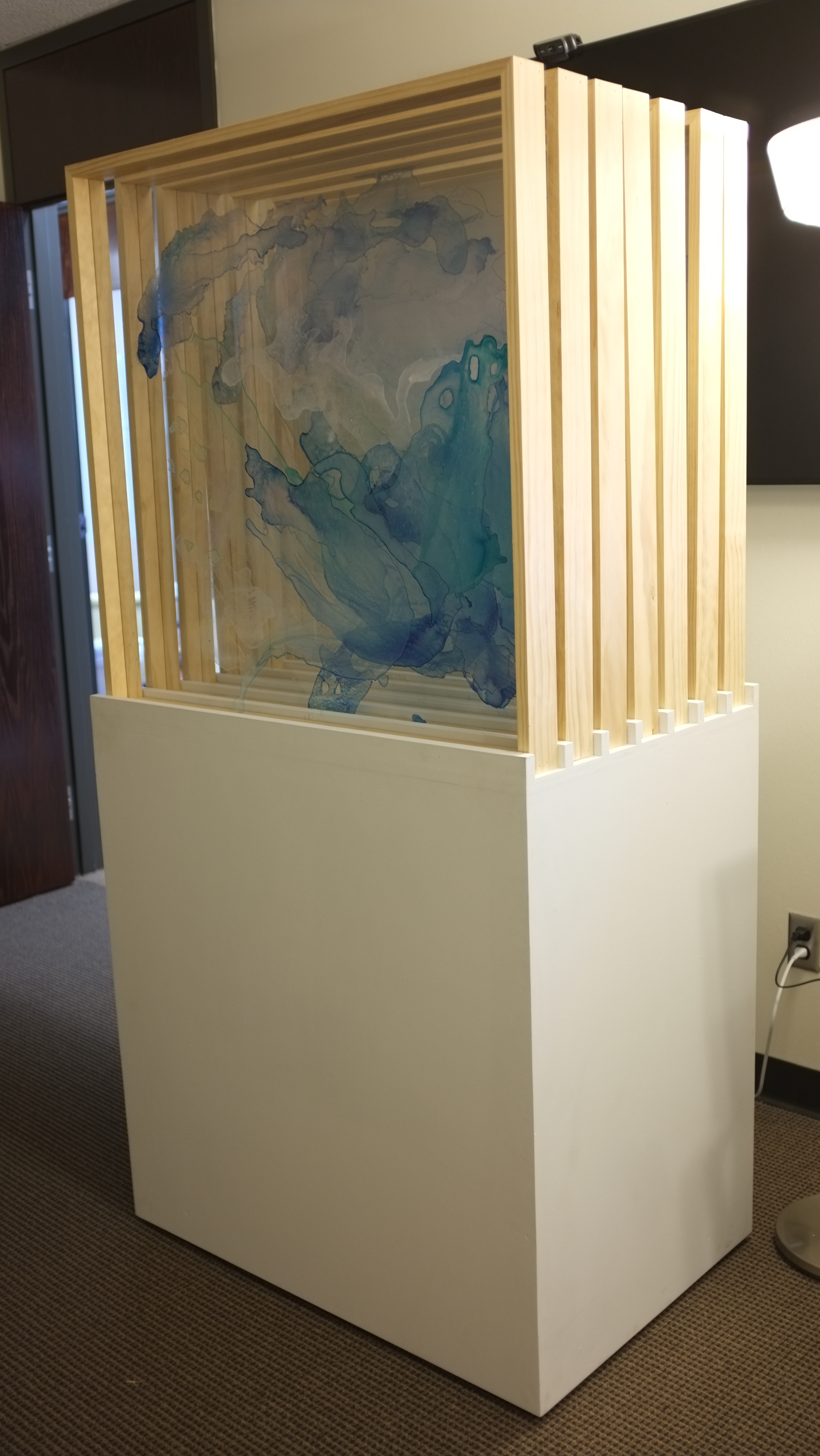Visualizing The Spaces of Actor-Network Theory
In 1998, during a fervor of intellectual activity that questioned the role of objects, political power, and the ontology of nature, the late British geographer Jonathan Murdoch wrote an article called The Spaces of Actor-Network Theory. In this piece, Murdoch began a formal integration of A.N.T. into a corner of geographical thought preoccupied with defining new types of spaces. These new types of spaces, so to speak, were sought after because they held promise to fit more snugly with major changes underfoot in how social-natural systems were perceived to operate. For example, A.N.T. abolishes “purified” ideas of pristine nature and artifice, flattening hierarchical value rankings among things like lakes, buildings, computers, and cars—and all the objects of our everyday lives—such that each object contributes equally to an interconnected whole. At its worst, A.N.T. is reduced to a proto-environmentalist Gaia philosophy, while at its best it serves as a method for how to imagine the material world in a way that develops care and attention for each conscious moment in a post-industrial, neoliberal age.
During spring 2018, Camila Linaweaver and Emily Homan—graduate students at the University of Oklahoma in Fine Arts and Architecture, respectively—worked in conjunction with the Experimental Geography Studio to answer two vexing questions: 1) what metaphors does Murdoch utilize to write about the spatialization of A.N.T.?, and 2) how might we begin to visualize these metaphors? In each case, these artists are bridging a gap between geographic visualization and geographic thought, a gap that in the twenty-first century is too often presumed to be exclusively data-driven.
The Exhibition
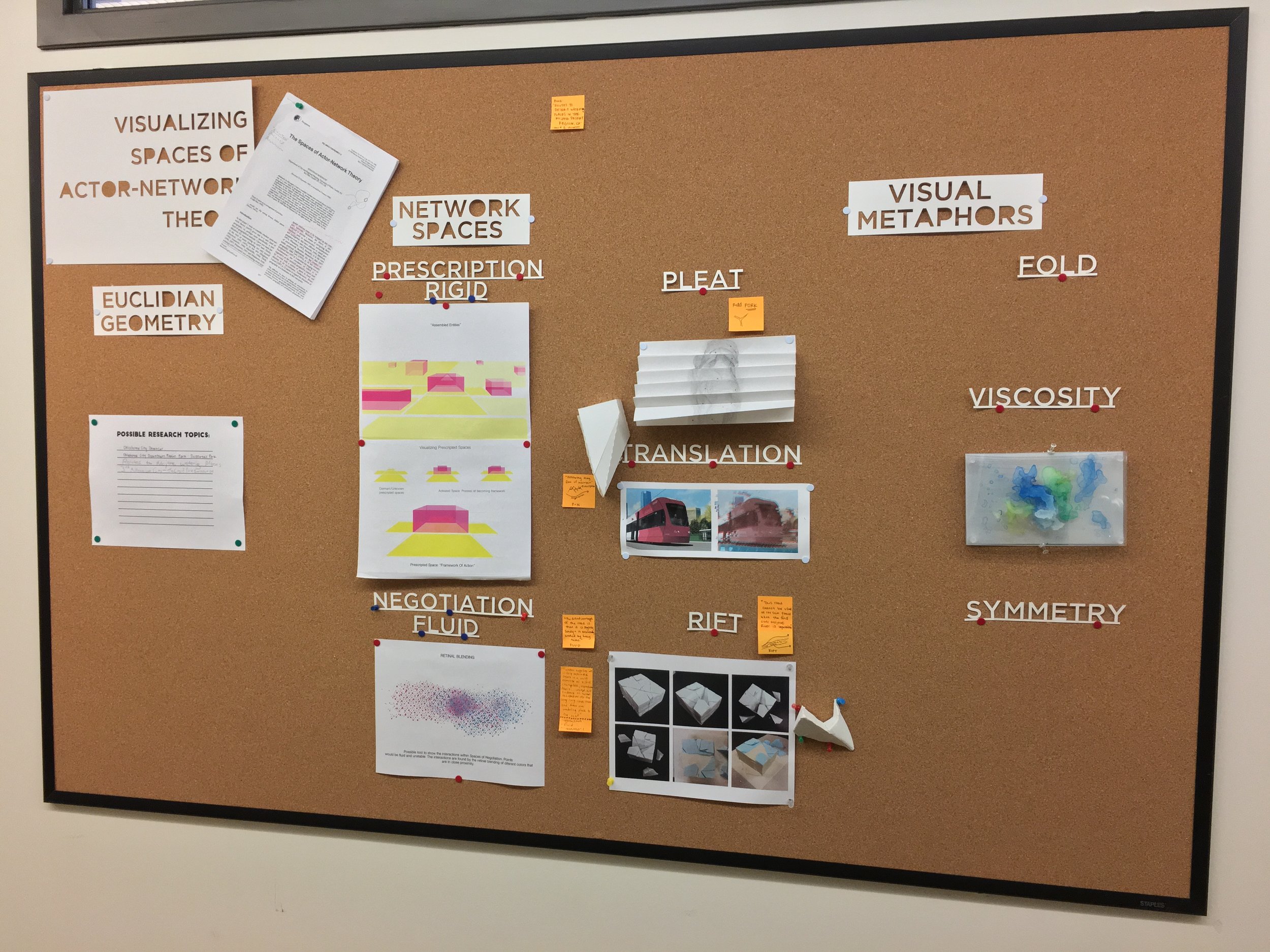
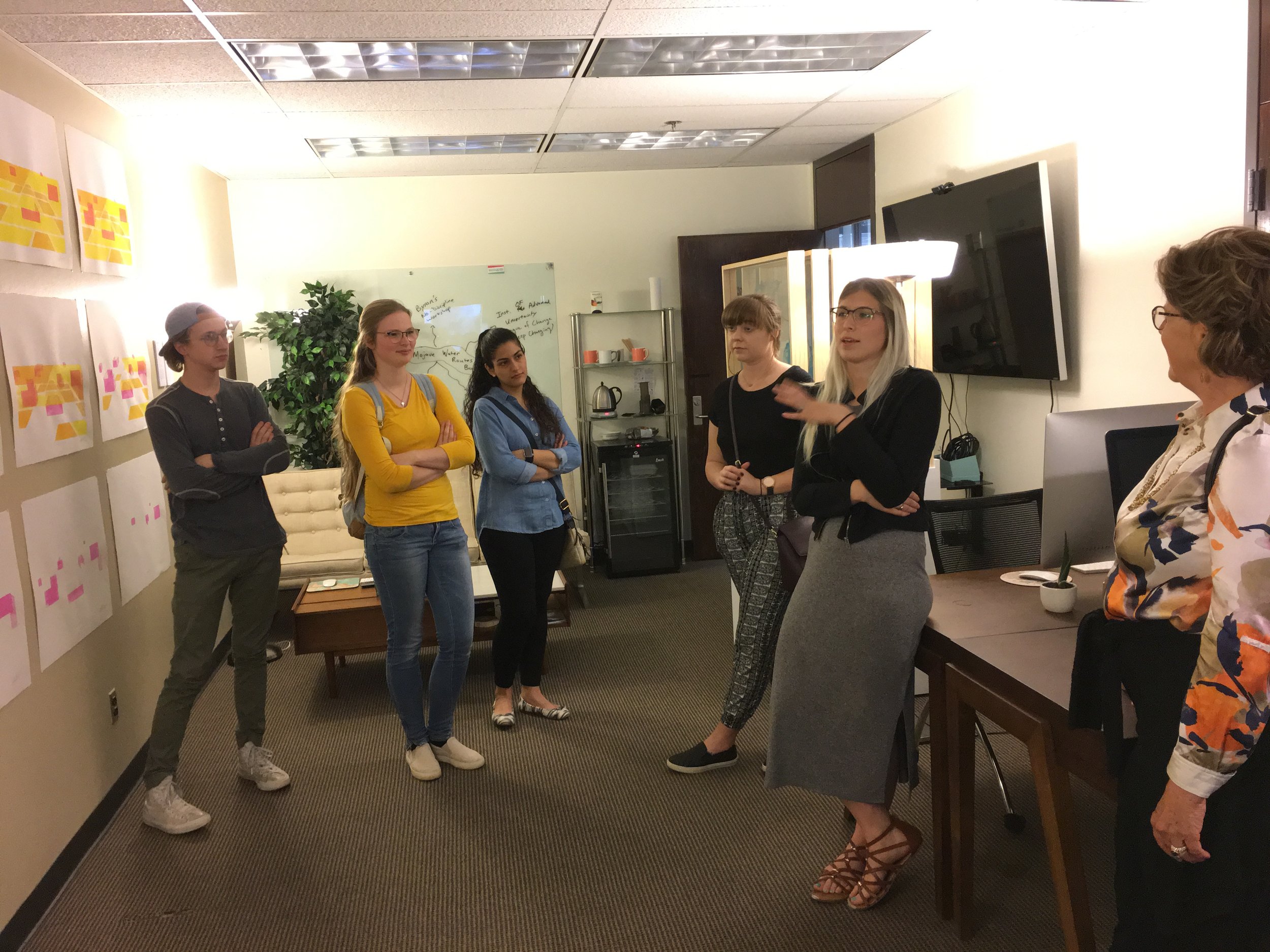
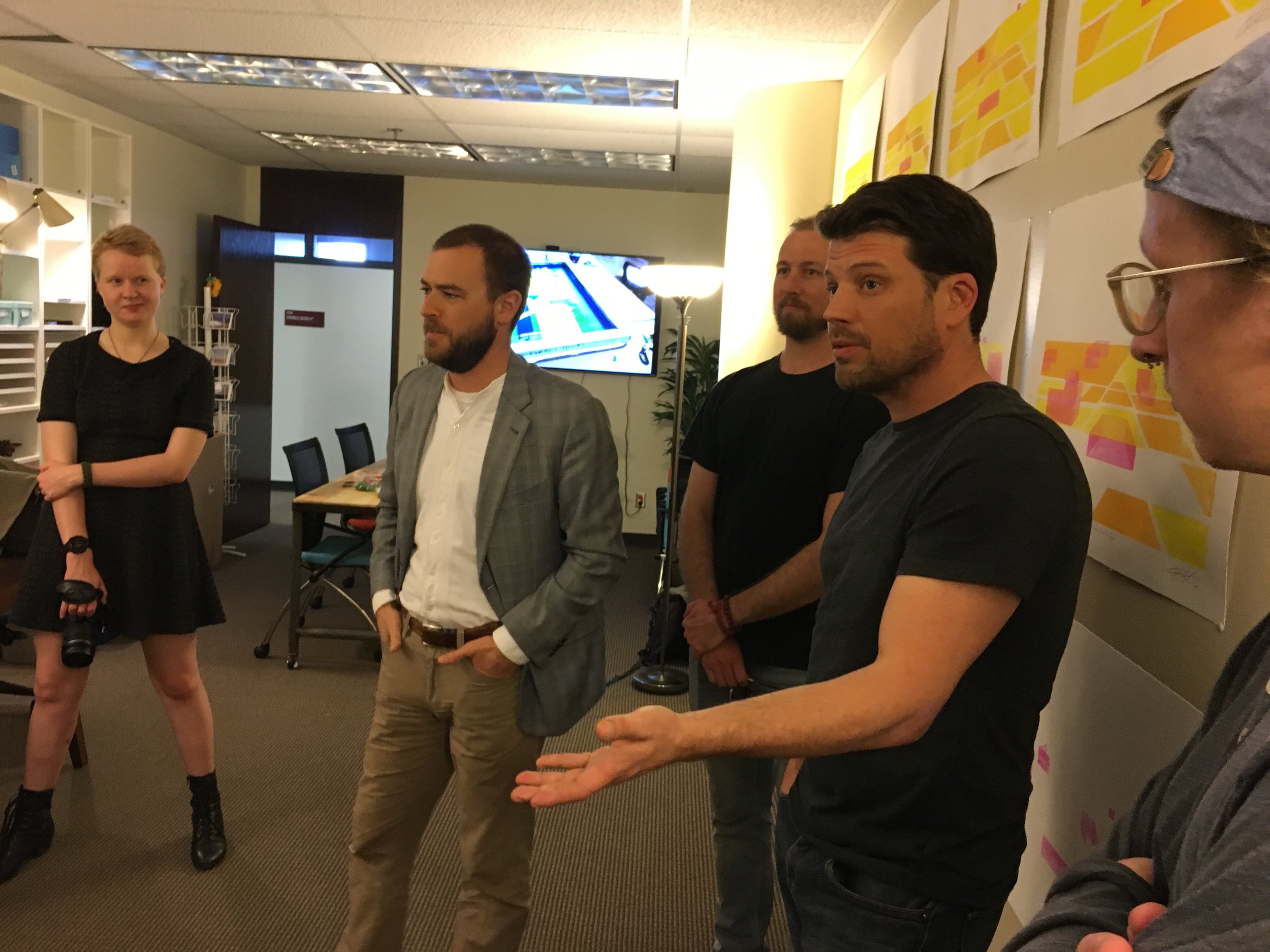
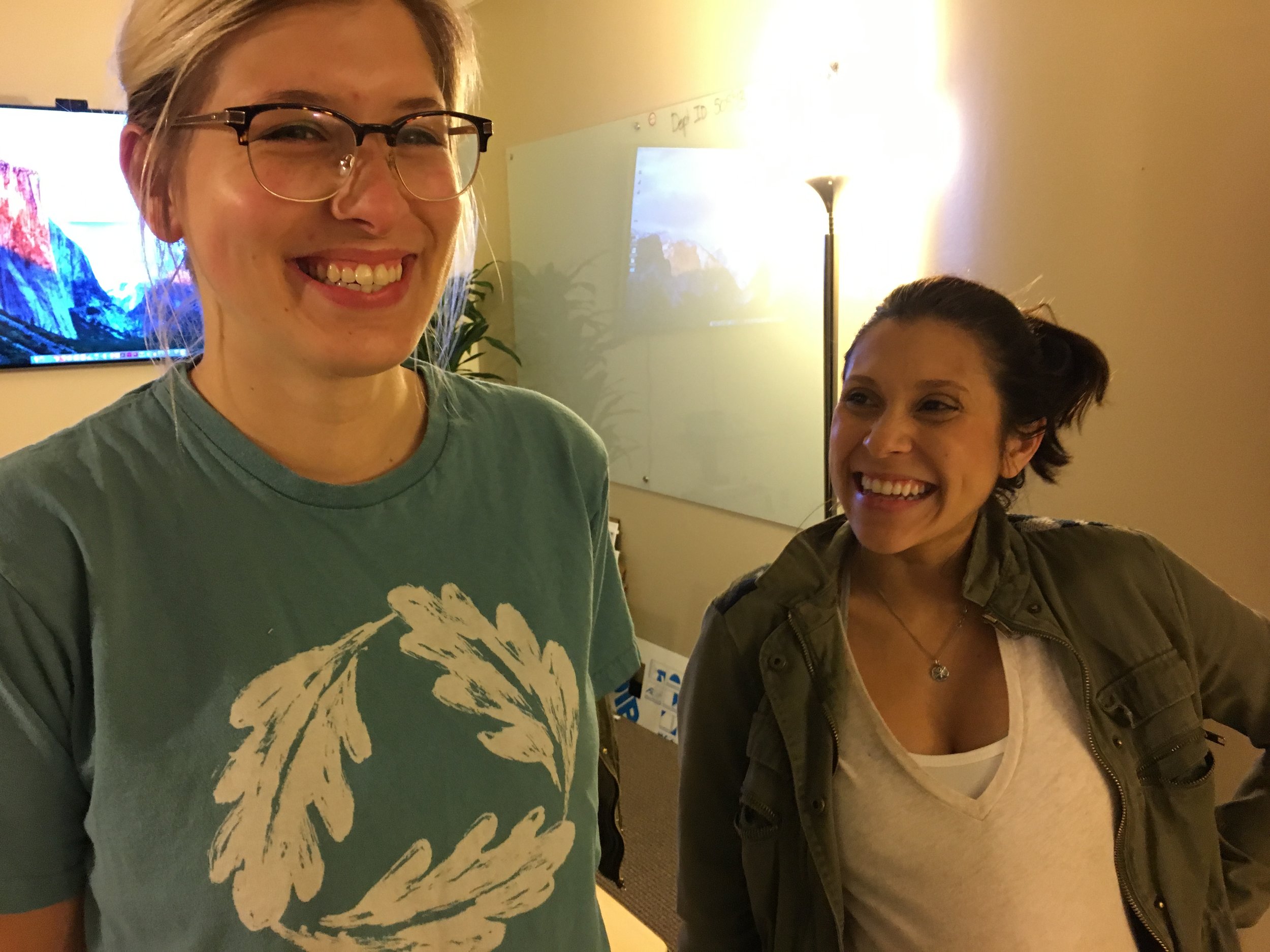
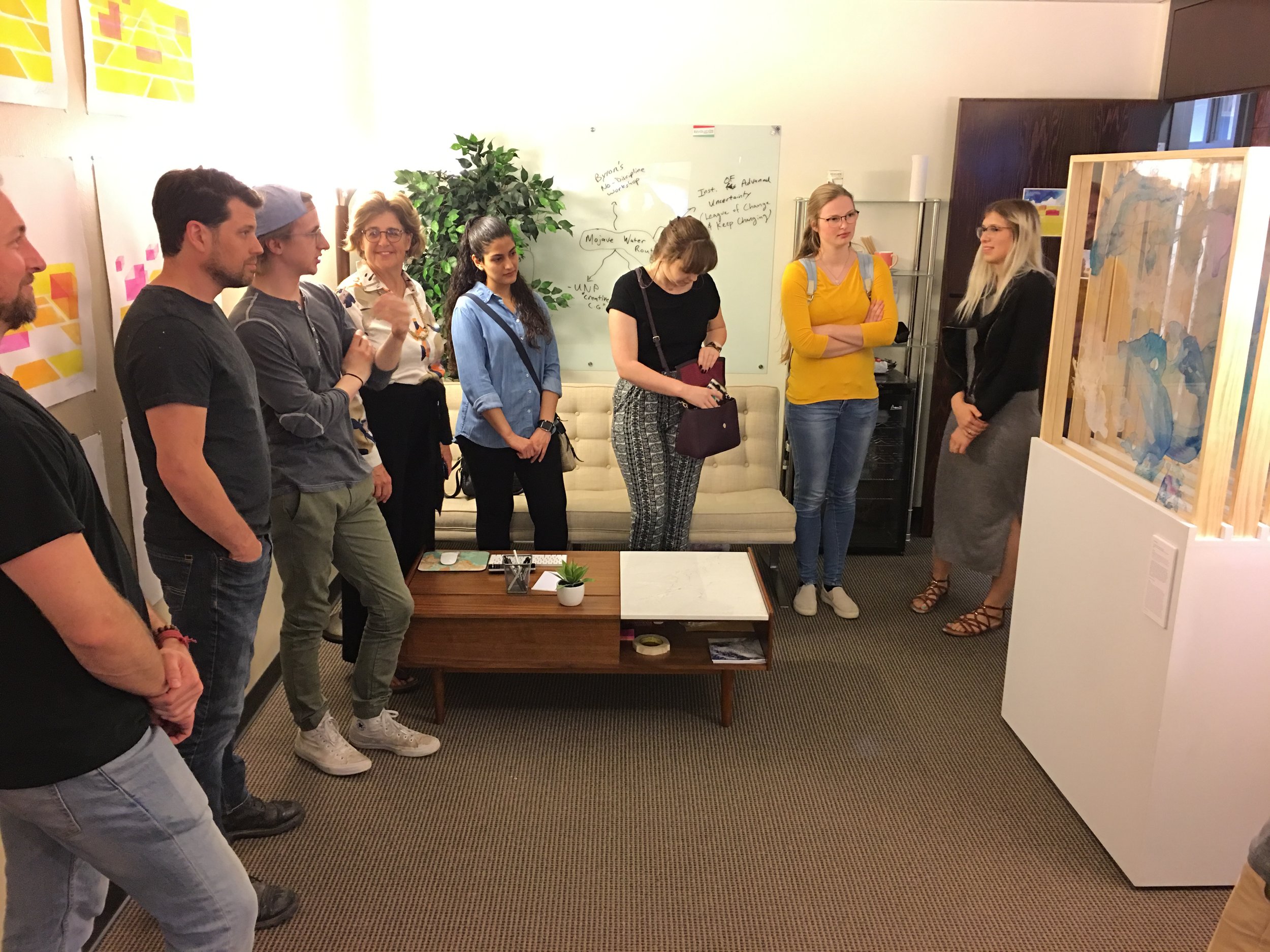

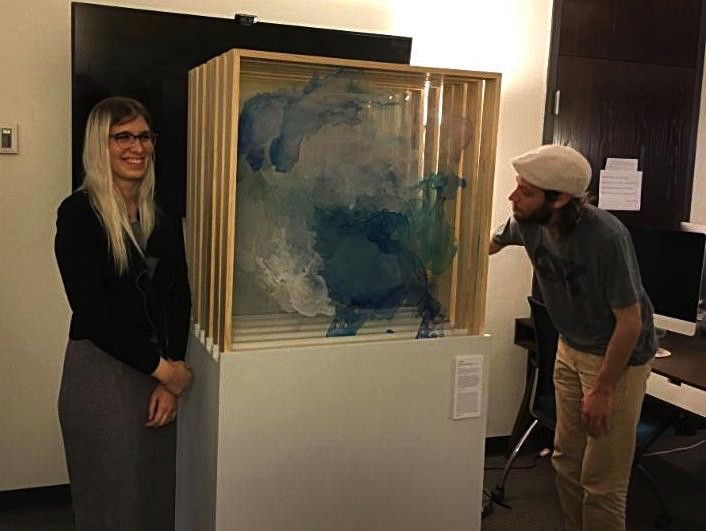
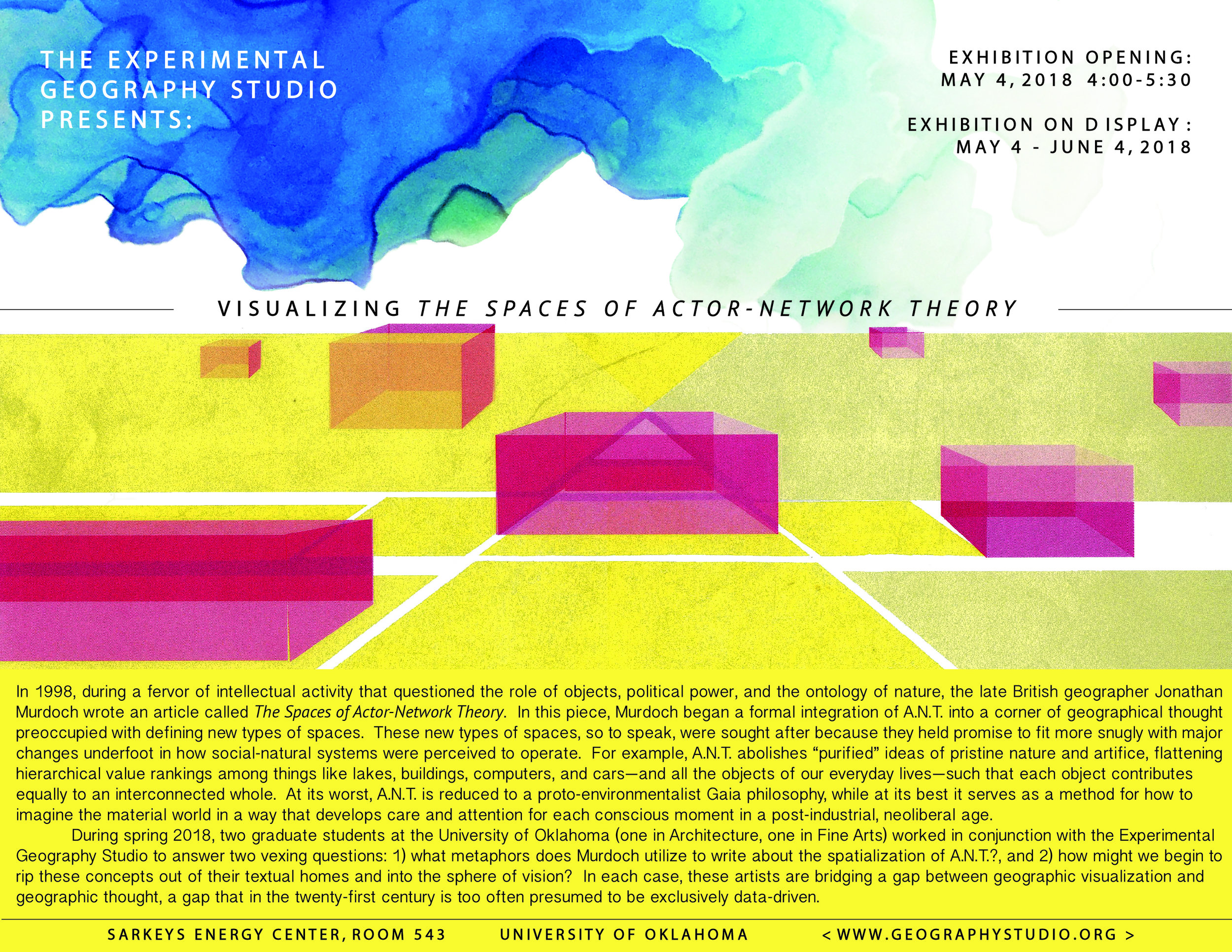
Euclidian Space
Emerging Networks
Folding Networks
Deconstructing Euclidian Space
Assembled Entities
Shifting Networks
Euclidian, Prescription, and Negotiation Spaces
Jonathan Murdoch, author of The Spaces of Actor-Network Theory, presents a new way of considering the production of space. ANT seeks to analyze how subject, objects, and relations build and form complex associations. His text challenges the data driven, Euclidian depiction of geography that relies solely on absolute “mapping” of coordinates, and concerns itself with the relational view of space and time. Murdoch’s text is rich in metaphors and visual language that I’ve used as the foundation for this series of serigraphs and drawings that depict the creation of network spaces.
In my translation of Murdoch’s text, I felt it was necessary to approach the creation of space from the ground up, in this case by creating a foundation that represents a grid, map, or fixed Euclidian space. In Murdoch’s writing Euclidian space is not completely discarded, but rather, it is seen as a space operating separately from the complex Networks, or sets of relationships that determine the way space is built.
In this series of work the building of Network Spaces is shown through a visual progression. In order to remove, or allow the viewer to consider an alternative view of the creation of space, I chose to first create a “grid” that breaks down as other spaces begin to take form. These other spaces, small structured cubes, begin to fold up to create these “entities” that exist as spaces of prescription. According to Murdoch, Spaces of Prescription operate as rigid, “Framework of Actions”, that create the rules of behavior for actors and thus shape negotiated spaces. Spaces of Negotiation are fluid and interactional and variables in a network change within them. This process of change, or “translations”, are invisible to us, yet are constantly at work, existing within and throughout Spaces of Prescription and are responsible for every worldly connection.
-Camila Labarca Linaweaver
The final piece was assembled for an exhibition in the Experimental Geography Studio. The series tells a story with six different 'chapters' as seen to the left.













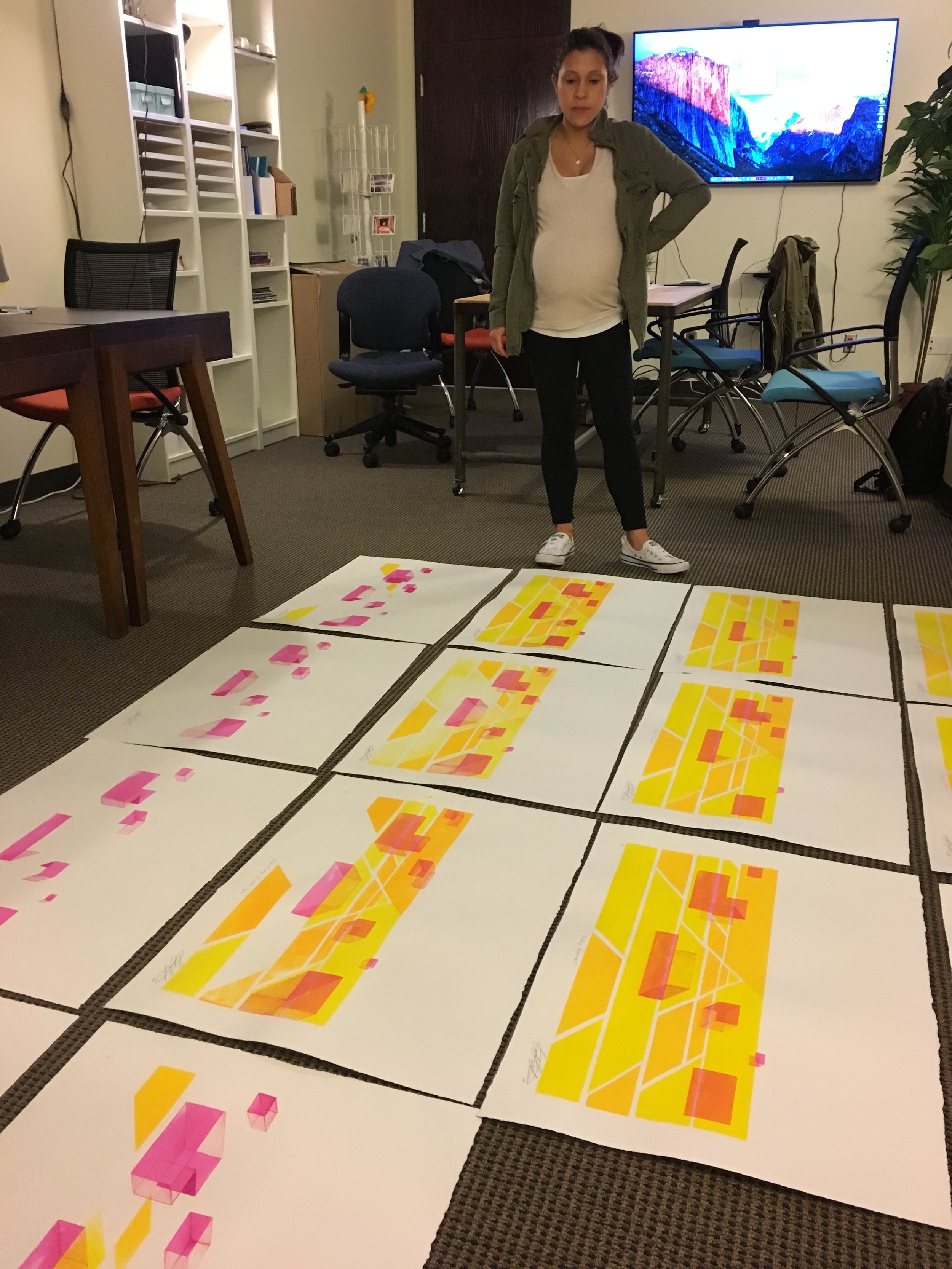
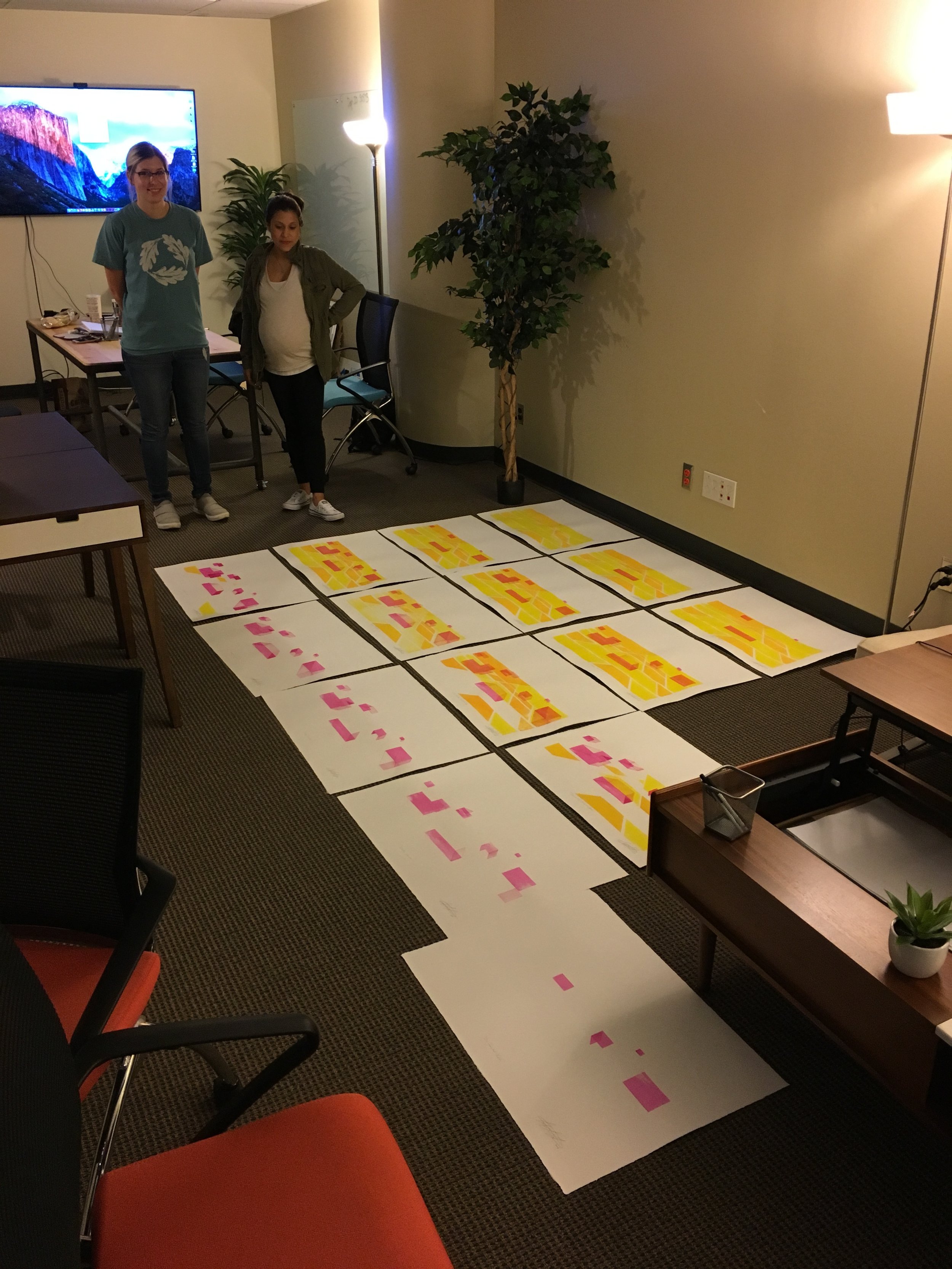
FLUID (adj.)
Context:
Through reading Jonathan Murdoch’s article, The Spaces of Actor-Network Theory, it is clear that ANT is a difficult concept to visualize. Murdoch, does, however, use vivid visual language to describe some of the concepts in his text.
“It begins to appear, therefore, as though spaces of prescription and negotiation can ‘shade’ into one another. This point emerges more strongly from Mol and Law’s, 1994 distinction between network spaces and fluid spaces. While the former hold elements and places together within common frames of calculation the latter are only held together by ‘viscous combinations’ in which the various elements ‘inform each other’ . . . these topologies have ‘intricate relations’; they co-exist and may even ‘dissolve’ or ‘flow’ into one another.”
-Jonathan Murdoch
Process:
Inspired by the visual vocabulary present in the article, this piece serves as a physical representation of ANT. The process in itself has a direct relationship to the Actor-Network Theory, specifically the prescription and negotiation spaces. Prescription: This piece was created using acrylic paint, water, and acrylic sheets. Large pools of water were spread on each sheet and paint was placed in strategic locations. The sheets were then left to dry for 2-3 days. When placing the liquid and paint, the intent was for each of the sheets to be the same; however, this is impossible. Water pools are unstable and environmental influencers such as gravity, uneven floor, and air flow provide variation between the sheets. Negotiation: During this 2-3 day drying time, the artist had little control; the water pools could move and trickle off the sheet, the color in one pool could spread into another, the paint could dry with a layering effect, etc.
-Emily Homan
